June 28, 2022
Is change your friend or your enemy?
 Is change your friend or your enemy? If you are a young person leaving home for the first time and are excited about the prospects of striking out on your own – change is most likely your friend. But if you are the parent, watching your child leave the nest, and your close protection, then change could very possibly be your enemy. The same is true when it comes to introducing new ways of working in an organisation. Some people will like the ‘old ways’ because they are familiar and comfortable – they are like second nature and hence don’t take any real thinking. Whereas for others, the ‘new way’ may be quite faster, easier or simply exciting because it is different. (more…)
Is change your friend or your enemy? If you are a young person leaving home for the first time and are excited about the prospects of striking out on your own – change is most likely your friend. But if you are the parent, watching your child leave the nest, and your close protection, then change could very possibly be your enemy. The same is true when it comes to introducing new ways of working in an organisation. Some people will like the ‘old ways’ because they are familiar and comfortable – they are like second nature and hence don’t take any real thinking. Whereas for others, the ‘new way’ may be quite faster, easier or simply exciting because it is different. (more…)





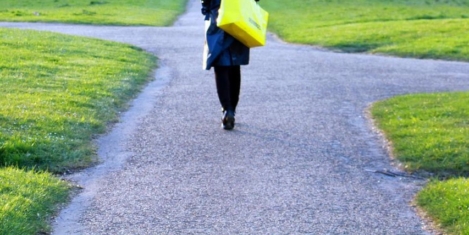


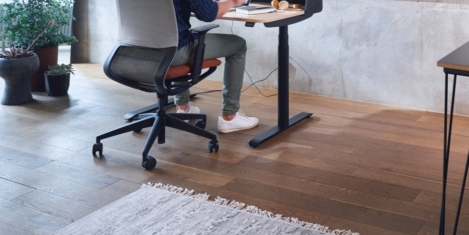
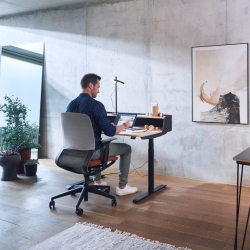





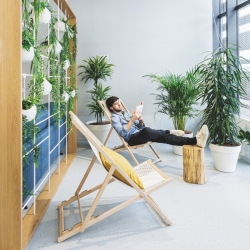
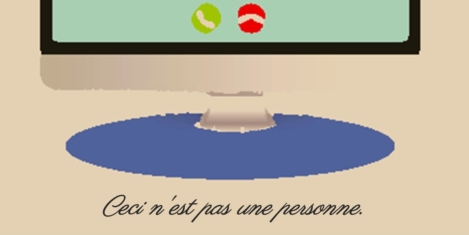
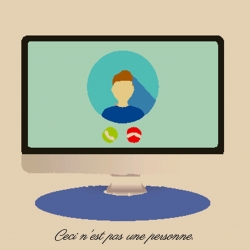
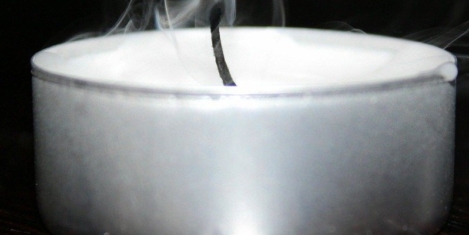


 The modern world seems geared to help us avoid boredom. But there’s a problem. Artists have long recognised that boredom can drive creativity. The great Italian writer-philosopher Giacomo Leopardi described boredom as “the most sublime of all human emotions because it expresses the fact that the human spirit, in a certain sense, is greater than the entire universe. Boredom is an expression of a profound despair at not finding anything that can satisfy the soul’s boundless needs.”
The modern world seems geared to help us avoid boredom. But there’s a problem. Artists have long recognised that boredom can drive creativity. The great Italian writer-philosopher Giacomo Leopardi described boredom as “the most sublime of all human emotions because it expresses the fact that the human spirit, in a certain sense, is greater than the entire universe. Boredom is an expression of a profound despair at not finding anything that can satisfy the soul’s boundless needs.” 


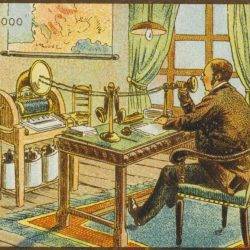 At the 1983 International Design Conference in Aspen, Steve Jobs delivered a speech addressing the theme of the conference; The Future Isn’t What It Used to Be. In it he set out his thoughts on new technology, intuitive design, personal computing as well as the need for a constantly evolving idea of what the future will look like, including the future of work.
At the 1983 International Design Conference in Aspen, Steve Jobs delivered a speech addressing the theme of the conference; The Future Isn’t What It Used to Be. In it he set out his thoughts on new technology, intuitive design, personal computing as well as the need for a constantly evolving idea of what the future will look like, including the future of work. 





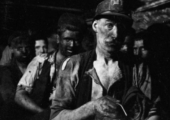


June 29, 2022
Workplace green flags to look out for
by Samantha Losey • Comment, Wellbeing